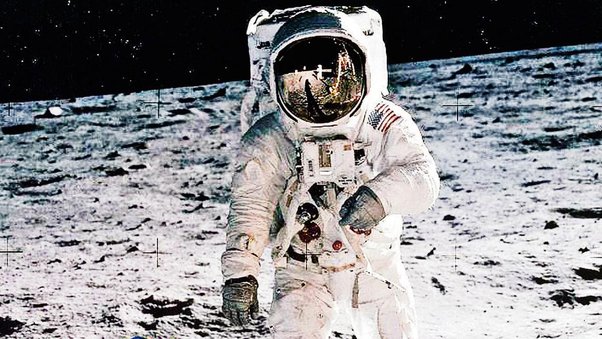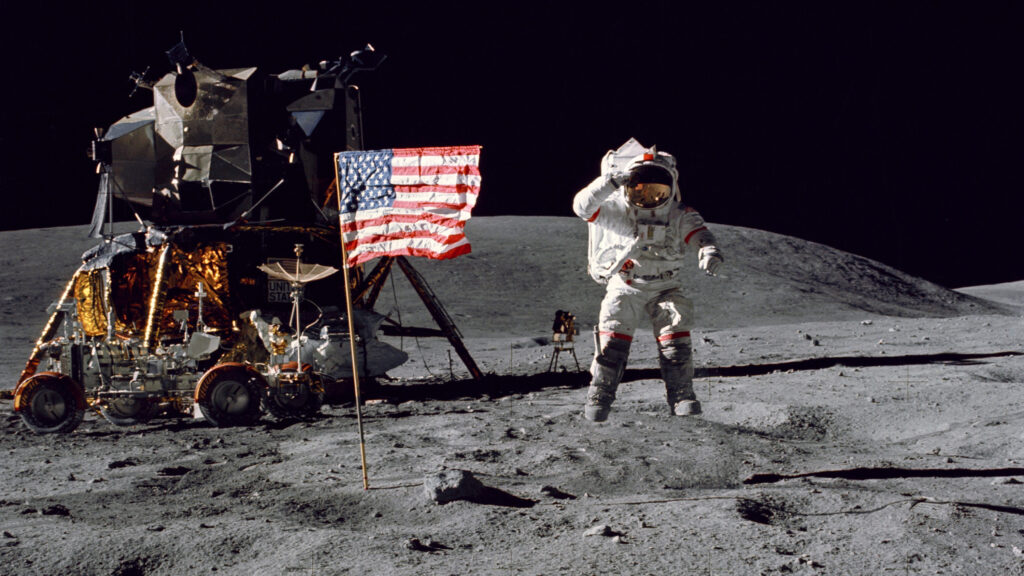Introduction: TWhy Haven’t Humans Gone Beyond the Moon. Since the last Apollo moon landing, human space travel has not extended beyond the lunar surface. Despite advancements in technology and increased interest in space exploration, a human journey beyond the moon remains elusive. This article explores the multifaceted challenges—from technological to financial—that continue to restrict human space exploration.
Technological and Financial Challenges
Technological Limitations Traveling beyond the moon involves overcoming vast distances that require innovations in propulsion technology and life support systems. These technologies are still in developmental stages, and achieving the necessary advancements for safe, efficient interplanetary travel is a formidable challenge. To better understand these technological needs, you can explore NASA’s propulsion research, which highlights cutting-edge propulsion technologies under development.

High Costs The financial outlay required for missions beyond the moon is extraordinarily high. Budget constraints often limit space agencies’ ability to fund these expensive endeavors. The cost includes developing new technologies, constructing spacecraft, and ensuring the safety of astronauts over longer missions. For a breakdown of these costs, The Planetary Society provides detailed insights into the economics of space missions.
Political and Safety Considerations
Political Will Political support for space missions is crucial. However, priorities can shift with changes in government, affecting the continuity and funding of space exploration projects. Political commitment fluctuates, impacting long-term projects like those aiming to send humans beyond the moon.
Safety Concerns The safety of astronauts is paramount. As missions move further from Earth, the risks increase significantly. Challenges such as cosmic radiation, micrometeoroids, and the psychological effects of long-duration isolation pose serious threats to crew safety. Efforts to mitigate these risks are ongoing, with agencies like the European Space Agency leading research on space safety.

The Role of Robotic Missions and International Collaboration
Robot Explorers: Given the high risks and costs associated with crewed missions, space agencies increasingly turn to robots for deeper space exploration. Robotic missions, such as those highlighted on NASA’s Mars exploration page, conduct scientific research without risking human lives. These missions are crucial, as they gather essential data and test technologies that will pave the way for future crewed missions into the cosmos.
International Collaboration Combining resources through international cooperation could spread the cost and technological burdens of space exploration. The International Space Station is a prime example of what global cooperation can achieve in space, as detailed on NASA’s ISS page.
Conclusion: TWhy Haven’t Humans Gone Beyond the Moon
While we have not yet sent humans beyond the moon, the potential for such missions remains within reach. Advances in technology, increased international cooperation, and the use of robotic precursors are gradually paving the way for the next steps in human space exploration. The journey beyond the moon is not a question of possibility but of overcoming the significant hurdles that currently stand in our way.


